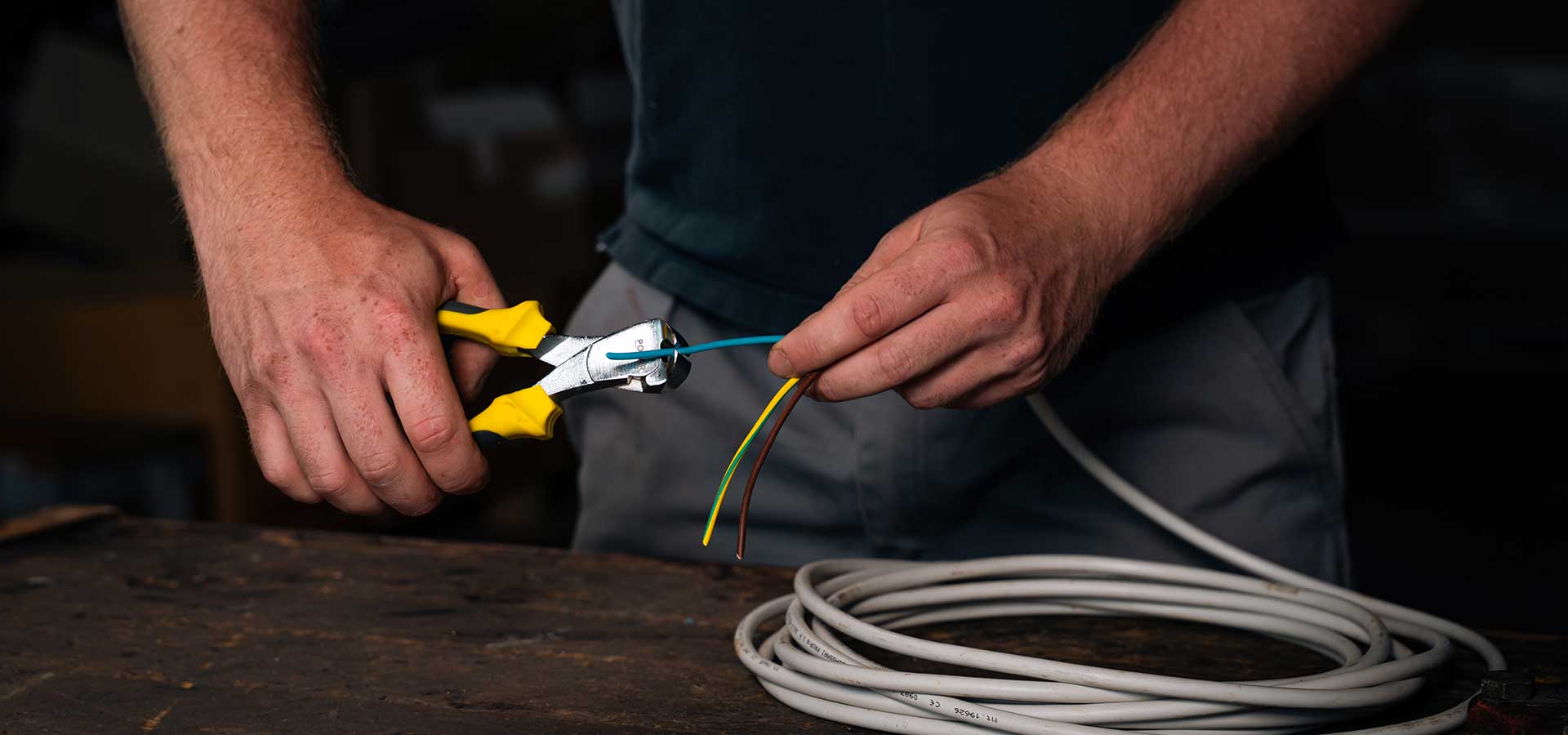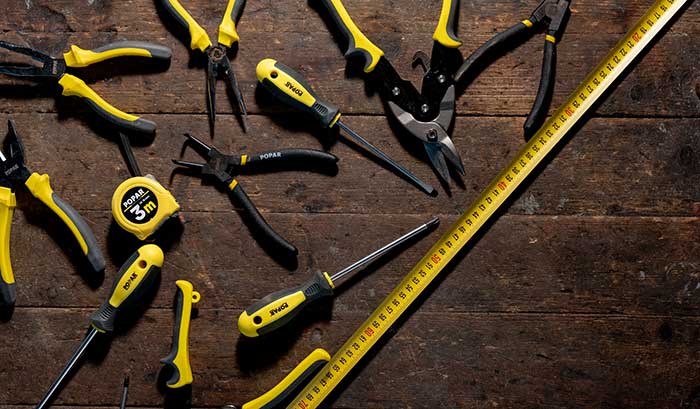Impact of hand tools on work efficiency

Ergonomic improvements for reduced fatigue:
In industries such as construction, mechanics, and electronics, workers spend long hours using hand tools. Ergonomically designed tools, such as POPAR pliers or hammers, reduce strain on the hands, wrists, and forearms, significantly lowering fatigue and preventing repetitive stress injuries. The soft-grip handles of POPAR tools are designed to provide a comfortable, non-slip surface, allowing professionals to work for extended periods without discomfort.
Additionally, ergonomic improvements also enhance tool control, improving safety and reducing the risk of accidents. Professionals can work faster, more efficiently, and with greater precision when the tool fits comfortably in their hand.
Multi-functional tools:
One of the most significant innovations in hand tools is the development of multi-functional designs. For instance, POPAR combination pliers combine cutting and gripping functions, while ratcheting wrenches allow for quick and efficient tightening and loosening of bolts without repositioning the tool. This saves time, reduces the number of tools needed, and allows workers to complete tasks more efficiently.
For professionals working in confined spaces or with limited tool access, multi-functional tools offer versatility, eliminating the need for multiple tools and allowing for faster execution.
Traditional tools vs. new designs:
Traditional tools still have their place, but new designs such as POPAR hand tools offer clear advantages in terms of speed and performance. For example, when working on tight mechanical or electrical components, a traditional wrench may require constant repositioning to tighten a fastener, while a ratcheting wrench allows for continuous turning without the need to reposition, drastically reducing the time required for each task.
